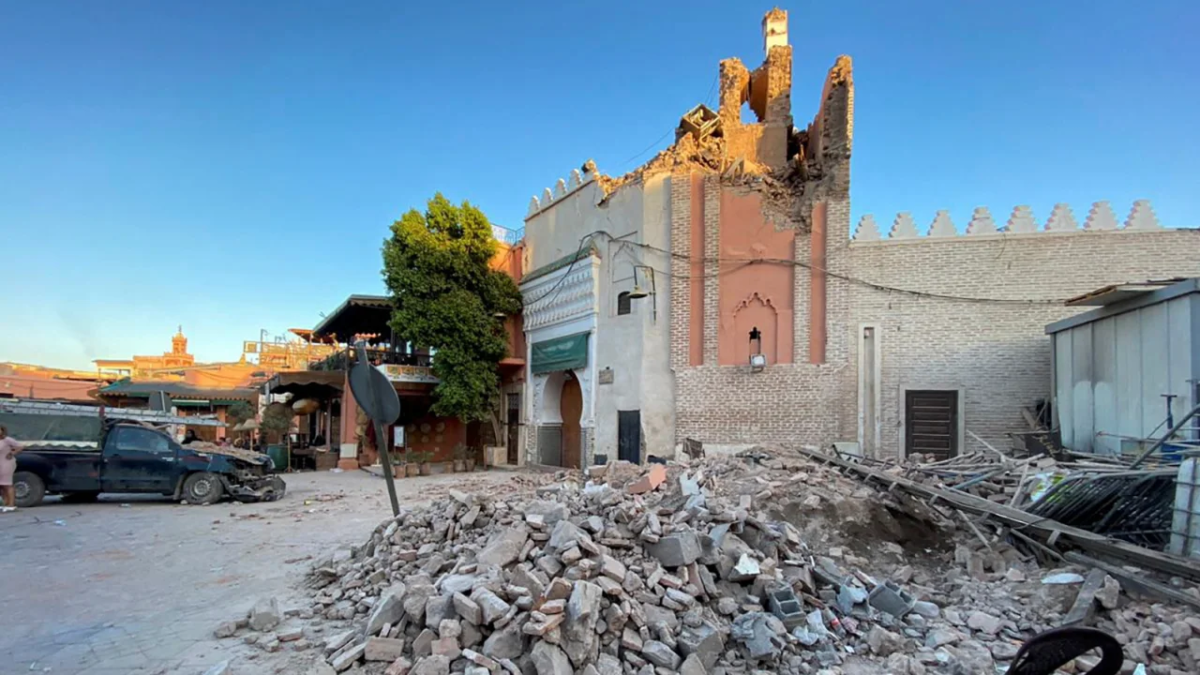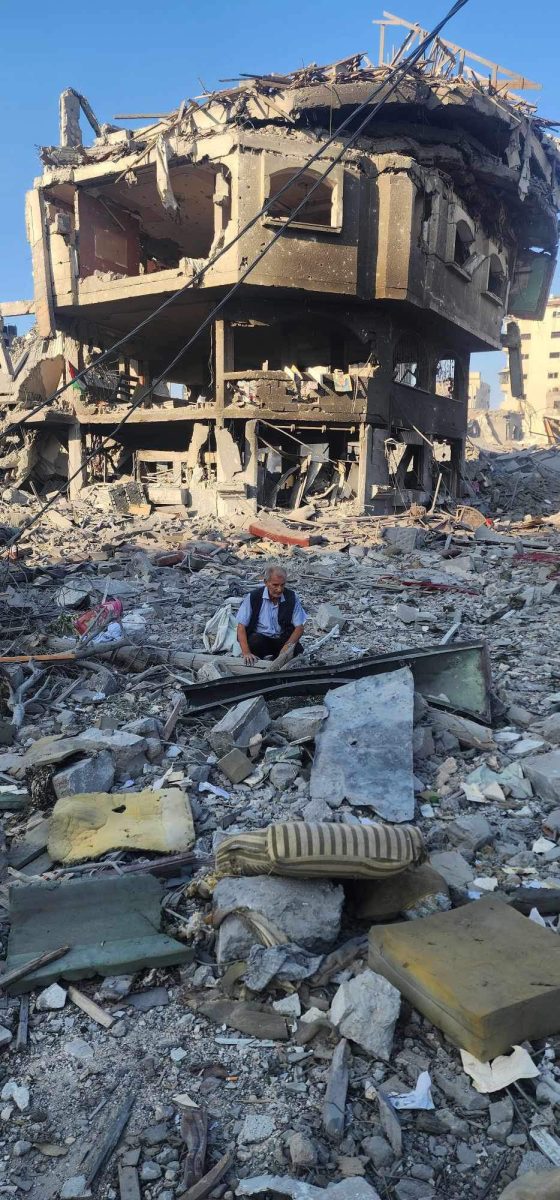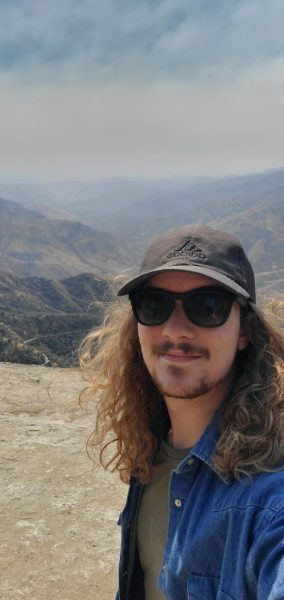On September 8th, a devastating earthquake struck central Morocco. The quake began in the Atlas Mountains, and affected areas as far away as Casablanca. More than 2,900 people were killed, and over 5,000 were injured following the earthquake and residual aftershocks.
According to the United States Geological Survey, the earthquake began at exactly 11:11 PM local time. The origin, or epicenter, of the earthquake was in the High Atlas Mountain Range. It was recorded as a 6.8 on the Richter scale, which measures the intensity of earthquakes on a scale from one to nine.
Residents of the city of Marrakech, one of the oldest and largest cities in Morocco, immediately felt the ground beneath them begin to violently shake. Marrakech has a long and storied past. Having been founded nearly 1,000 years ago, it has grown to become one of the busiest cities in northern Africa.
In the more modern sections of the city, the damage was largely manageable. Most of the buildings were luckily left intact, and some businesses were even able to operate the next day. Unfortunately, in the oldest section of the city, known as the Medina Quarter, the damage was considerable. Many buildings in this area of the city were centuries old, and made out of materials unsuited for such a devastating seismic event. Some tall structures, like a mosque at the center of the Medina Quarter, were toppled by the quake, while others were simply reduced to rubble, leaving many trapped underneath. Even the iconic red walls surrounding the ancient inner city, which have stood for countless centuries, were damaged, with some sections cracking or even collapsing entirely.
The damage was far worse in rural areas outside of the major cities, where buildings made of unreinforced brick were totally incapable of withstanding the intense forces created by the quake. It was in these small towns and villages where the majority of deaths occurred, with some towns reporting a fatality rate as high as 50%. Many towns were completely demolished, with few or none of the buildings surviving.
As it happens, Sam Barlow’s very own Amanda Gibson, who teaches art, recently took a vacation to Morocco. Luckily she left two weeks before the earthquake, but she has a unique perspective to add to the situation. Gibson took the trip to experience the culture of Morocco. “…the cobble streets, the old adobe structures, the carpet weaving, I was like: I just want to wander around town.” Gibson saw much of the culture while she was there, taking in the sights at Casablanca, Marrakech, and the Agafay desert.
When asked about the earthquake, she says she can really sympathize, saying, “Having that connection, even rather superficially, to something big that’s happened, is kinda crazy.”
Gibson, through her trip, knows firsthand the people and places affected. It has given her a much more intimate understanding of this tragedy than most. If there’s a lesson we can all take away from this, it’s that “…the people across the world are people.”




